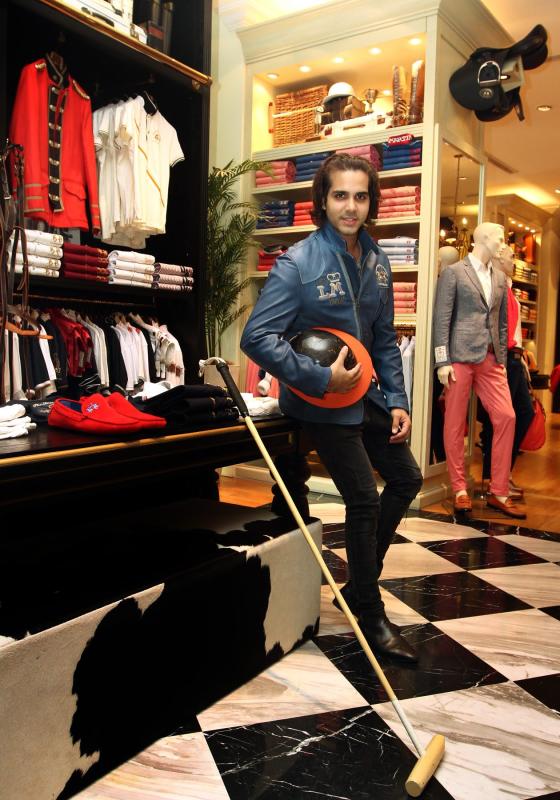
“I love a lot of the stuff they have.” Jumabhoy says about La Martina’s latest collection. “What I love about La Martina is their attention to detail. It’s the stuff that makes this brand.”
AMEER Jumabhoy, 25, is an international polo player, a student at MIT, and a philanthropist. He is also the youngest ambassador of Argentinian sportswear brand La Martina.
But we already know that. We are sitting atop plush leather couches in one of La Martina’s boutiques, when Jumabhoy walks in and introduces himself.
He shakes our hands and immediately addresses us by name, including the photographer.
It isn’t often that the people we interview take the effort to remember their interviewers’ names, but Jumabhoy does one better. He gushes for a solid two minutes about how often he reads The Star every time he visits Malaysia, before we can get the focus of the interview back onto him.
The story of him becoming ambassador for La Martina is less of a linear progression, and more of a family’s obsession with polo coming full circle.
The first thing Jumabhoy saw the first time he stepped into a La Martina boutique, was a replica of the polo jersey his father wore – with the No. 4 on the back – while representing Singapore at the 2001 Polo World Cup.
“To be able to see that, a replica of my dad’s shirt being sold in that store, was amazing for me,” he says. Ever since, his relationship with the brand has been nothing but love.
The Singaporean equestrian then apologises if some of his answers sound a bit “weird”.
“I only just got back from Pakistan,” he says, which explains the hint of an adopted accent in his speech.
After that he will be flying off to Tokyo, then spending an evening in Singapore to be with his family, before jetting off to somewhere new.
“I’m on a plane almost every day, or every two days. But when you’re passionate about something, you just puff out your chest and take it, and you get the job done.”
That passion he speaks of is – no surprise here – his love for polo. Jumabhoy started riding when he was three, and has been playing polo since twelve.
As soon as he starts talking about the game however, his eyes light up and he leans forward, breaking the aristocratic posture he has been holding so far. His shoulders come down and the Singaporean boy shines through.
“It’s easy to try and paint a picture,” he says. “But to experience what we experience, I don’t think words can encapsulate that.”
Still, that doesn’t stop the man from trying. Based on his descriptions, a lot of the game is played as much in the players’ heads as it is on the field. A typical polo match involves virtually non-stop action and many high-speed horse collisions.
“You’re moving at like 50 miles per hour, and you’re controlling a ball that’s going at like 140 miles per hour.
“So it’s fast-paced, your heart’s pumping, and you have to make all these mental calculations as you play.”
Because of the involvement of horses and the high intensity of the sport, all polo players are required to own a “string” of expensive polo ponies, as they change mounts several times within a match to avoid tiring the horses.
“It isn’t cheap,” Jumabhoy says, finally addressing the pricey elephant in the room. “I’ll be very candid in saying that.”
He does, however, believe there is a misconception in people saying that polo is a very inaccessible sport.
Just a seven minute drive from Kuala Lumpur city centre, he points out, is a polo club, the Royal Selangor Polo Club. “Not many people know that.”
In fact, and this too may come as a surprise to most, he says polo has a rich history in Malaysia, dating back to the late 19th century when it was first introduced by the British.
According to Jumabhoy, those interested in getting an idea of what polo is like can walk up to the club, get to know the people there, and sign up for beginners’ lessons, which aren’t too expensive, he says, considering you’re paying for a trainer and a horse.
“But if you have the means to play and try it out, then that’s fantastic,” he adds.
“Look at Formula One. It’s expensive, but thousands and thousands of people still watch. They’re still part of the sport.”
It may be a more expensive sport than most, but the beginnings of the game itself were humble.
Before it became “the game of kings”, a version of polo was played by mounted nomads in Central Asia as sport and training for war.
Not unlike the game’s history, Jumabhoy’s family – three generations of professional polo players – also started small, on the Singapore River trading spices.
His grandfather would tell him stories of how Singapore was back then and how their family found its roots in what is now a booming metropolitan.
“Whenever I’d walk past it now with friends, I might not vocalise it but I remember my history, and I remember my heritage.”
These days when he’s not too busy with a business of his own, attending press launches for La Martina, and fund-raising for cancer awareness, Jumabhoy spends most of his time with his family and friends.
“I enjoy trying out new eateries – I’m a bit of a foodie, like most Malaysians,” he says grinning.
“But I’m not a big clubber. I don’t enjoy the noise and not being able to talk to people. For me it’s about forming new bonds with people because at the end of the day, your life is made up of the people around you.”

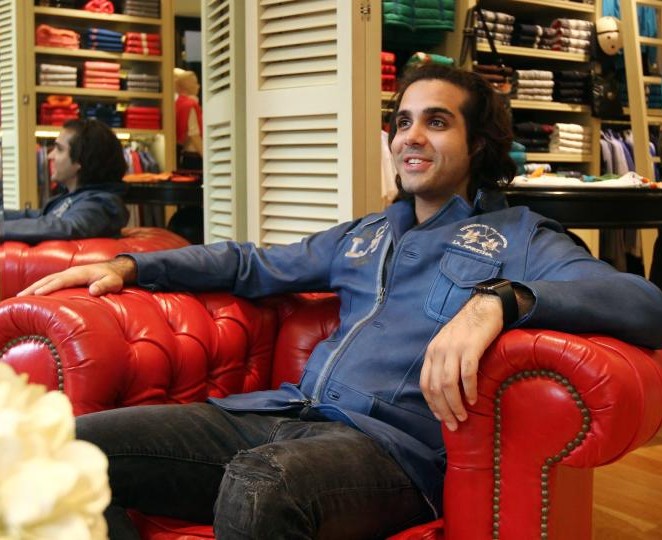
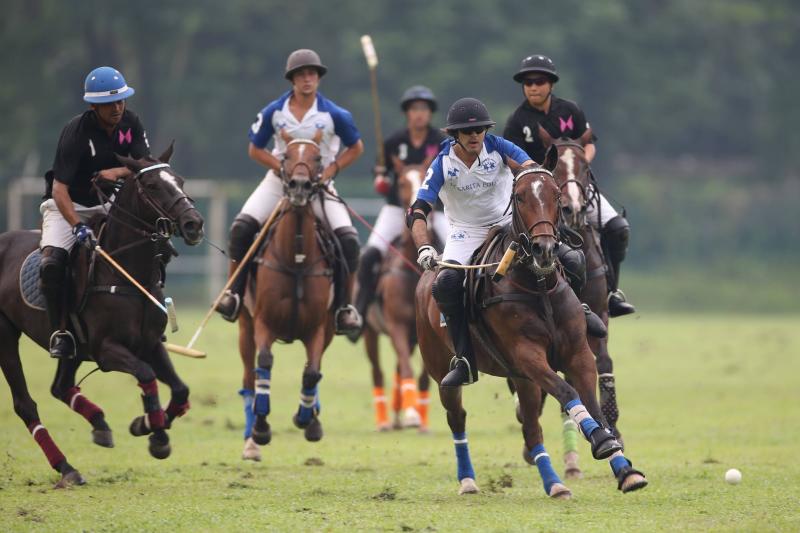

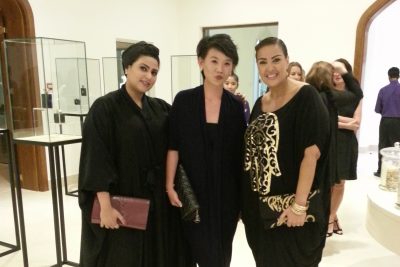


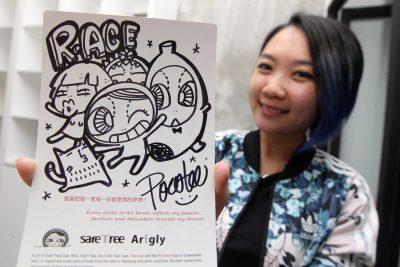

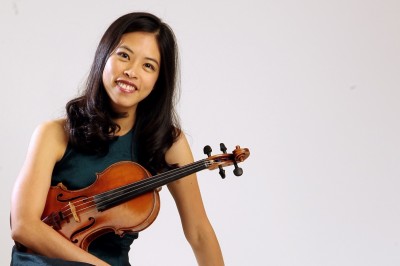
Tell us what you think!